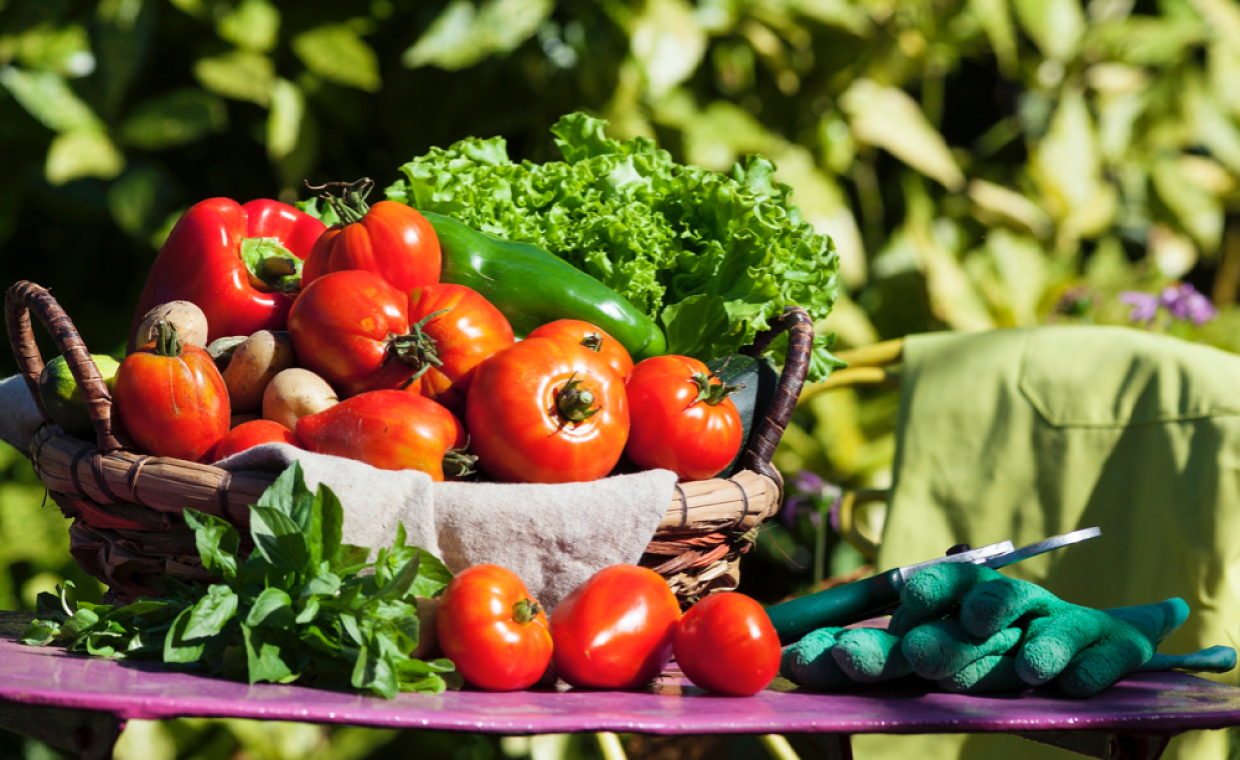
A garden regardless its size, is always a piece of pure nature with the green plants and attractive fruits, flowers, and foliage. But you have to keep them well maintained. The key to maintain a garden is in knowing the details necessary to ensure the well- being of the plants in it. Citrus trees are quite common a plant that you may observe in any home garden but all of these citrus plants are not that healthy and fruit producing. What makes a citrus trees highly yielding? If you are planning to plant a citrus variant in your garden, we can suggest you a few tips on how to grow citrus tree and how to take care of it.
List of Some Common Citrus Trees Across the World
Some common citrus trees that easily grow in most of the countries across the globe are:


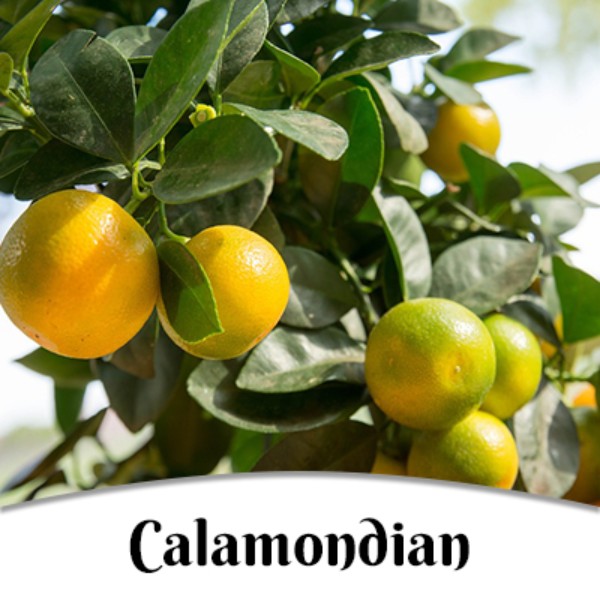




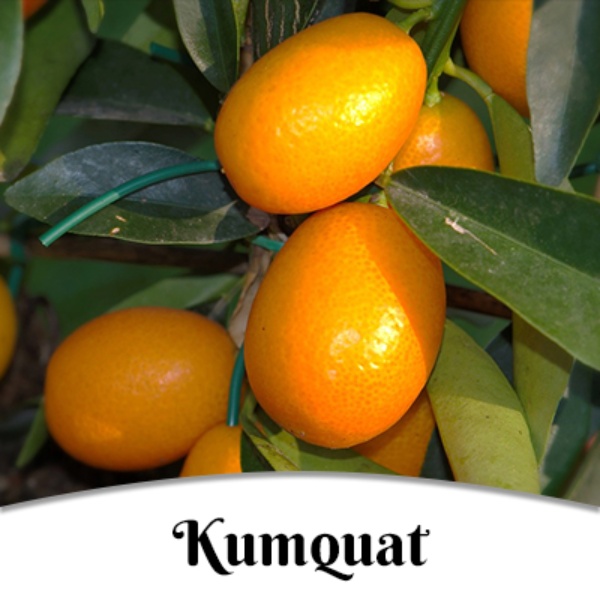

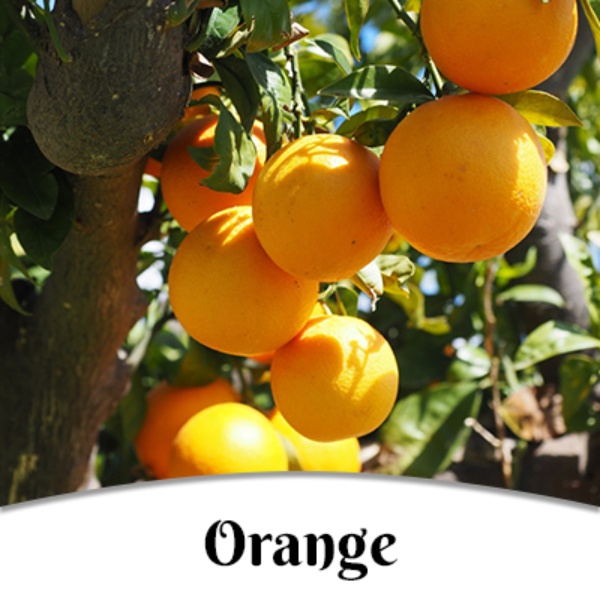


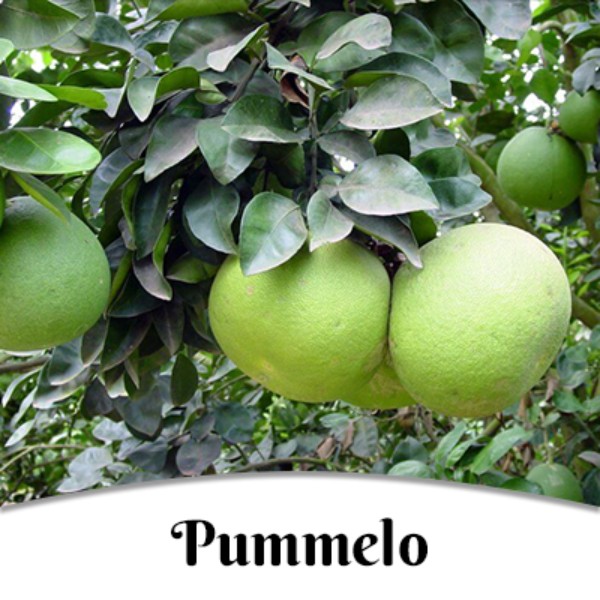



Only by reading till here if it seems to you inspiring, and you will plan shortly to have a kitchen garden, here are some tips for you to take care of your citrus trees.
Where to Plant a Citrus Tree

As a subtropical plant, the citrus trees need enough sunshine to grow. They grow well in temperatures above 28 degrees Fahrenheit. If you try to grow these trees in the temperatures below the above mentioned range, the trees will survive but you may not be that successful in harvesting fruits in them.
You can shift the tree for the winter months under the bright shade and once the same is over you may shift it back to its sunny spot in your garden. Spring would be the best time to plant a citrus tree as in the coming months of summer, they will get the ample amount of sunshine to stay in healthy condition.
Right Drainage for a Citrus Tree is the Must
Proper drainage is one of the requisites of citrus tree care. Be it is a potted plant, or you have planted your citrus in the ground, the drainage of the citrus plant has to be very good so that it can properly flourish. To test the drainage, first you have to make a hole that is around 1 cubic foot deep and then fill it with water. Leave that hole to drain.
Fill this hole again with water, and if it is taking more than an hour to drain off, then the area is not particularly suitable for citrus tree planting. You may modify the soil type so that it becomes more porous or you may try to plant the citrus tree in a raised bed or in a large container instead.
Do you know that you can plan a garden in all the season? Know more here,
Planting a Citrus Tree
According to ‘Parle Milind & Chaturvedi Dev’ (Published in: Orange: Range of Benefits, 2012), a standard size grapefruit or orange tree can grow up to 18 to 30 feet height whereas the dwarf varieties remain in a smaller height range. Here we have shared a few tips to start planting these dwarf varieties in your home garden.
- Firstly choose the site where you wish to plant the tree. In normal circumstances, there should be a distance of 15 feet from any other tree or the house. Citrus trees do not like standing water, and sandy blend of soils are a must for them to flourish. A location that gets full sunlight is the ideal although you can plant the tree in a place that is facilitated with 50% sun exposure as well. Try to plant the tree where the wind is not that sternly active as it happens at the southern side of your home.
- Clear away all the weeds and grass that are already present there. You will have to dig a hole that is at least 8-10 inches bigger than the tree’s root. Do remember to fill the hole with water first.
- Next, pick up the plant from the pot it is in, and place it in the hole. You have to take care that you plant it only till the level as it was kept in the nursery. Keep adding soil to the hole so that you are able to fill all the air pockets.

- In case the rains are not up to the mark you would have to water the plant on a regular basis.
- If you are going to plant in a container then first select one that is between 5 to 15-gallon sizes. Next, find a soil mix which you would have to add. The soil needs proper drainage and you must not use heavy topsoil for good citrus tree management after planting.
- Place the soil in the pot so that it remains over the soil already present there. Finish the filling of the pot and see to it that there is no scope for air to enter.
- Keep watering it regularly but do so only after the water gets dried completely. If you leave the water standing there, it is quite likely that its roots might get damaged.
Taking Care of a Citrus Plant of Your Garden
Next on the agenda is taking care of the plant which is an easy process altogether. Follow the below points to keep the tree healthy and yielding.
- Once you have planted the tree, take care of the soil management. You have to supply the nutrition for the plant with a dose of a balanced fertilizer. This practice of adding fertilizer should be repeated by every 3-4 months’ time, and the dose should be 1-2 lbs. as per the age of the tree. You must apply the fertilizer near the drip line instead of the trunk. For citrus plants, slow-release fertilizers are the best and you should read the instructions given by the fertilizer manufacturer before applying the same.
- Slow-release fertilizers can release their nutrients slowly over a period of time. These are mostly natural and organic fertilizers that would decompose and nourish the soil finally. Commercial slow-release fertilizer is that one, which is coated with plastic resin or sulfur-based polymers. Upon exposure to heat, water, and sunlight, these fertilizers get decomposed. Usage of the same eliminates the risk of fertilizer burn. Apart from that, these soil nutrients can stay in the soil for a longer duration thus brings better nutritional benefits for the plants.
You will get to know more about how to have an organic kitchen garden.
- All fertilizer companies have their slow-release versions. You can choose from Scotts, Schultz, Miracle-Gro, Vigaro, and Osmocote. Just recheck the ingredients and specifications of each carefully before you use them for citrus plants.
- For citrus trees, you should not use mulch in any form. However, if you have already used it for the other plants, then you would have to keep at least 12 inches of bare ground between the mulch and the citrus tree trunk. You could use herbicides to stop any weeds from growing near the plant.
- Citrus trees cannot tolerate cold as we have already mentioned above. During such weather conditions, you would have to take steps to ensure its proper care. If frost has been forecasted, you should cover the plant with a sheet or a blanket. However, once the temperature increases, you can remove the same.
- You have to make sure that you don’t prune the tree immediately after a frost has happened. If no new growth is seen on the plant even till spring, it is possible that some sort of damage has happened. Growth above the graft is a good sign and it means the plant is in good shape. However, any growth below the bud union is just useless and should be removed.

- Common pests that may bother your citrus plants are whiteflies, life miner, and scale. They can be easily removed using organic products purchased from any decent home store. In case you are unable to understand the wrong with the tree, pluck an infected leaf and get it checked from gardening professional.
Citrus trees get preferential treatment especially in areas where the temperature in summers remains high. Their medicinal and refreshing properties make them a good plant choice for the home garden. However, you need to be extremely careful during the time of winter. A little bit of negligence is sufficient to make your citrus plant suffer and wither in no time. Being careful and sincere in your efforts during wintry season will yield better result. We hope you are now aware of how to grow citrus tree in your backyard. Furthermore, you may hire arborist at ‘The Local Tree Experts’ for rightly maintaining your citrus trees. Happy Gardening!
Author Bio
Garima Bais – I am a blogger writing on topics like parenting, love, life, beauty and travel. Belonging to a country with a deep heritage India I am an eternal optimist and believe that whatever life gives to you should be taken with gratitude. Do let me know your take on my articles in the form of comments.




